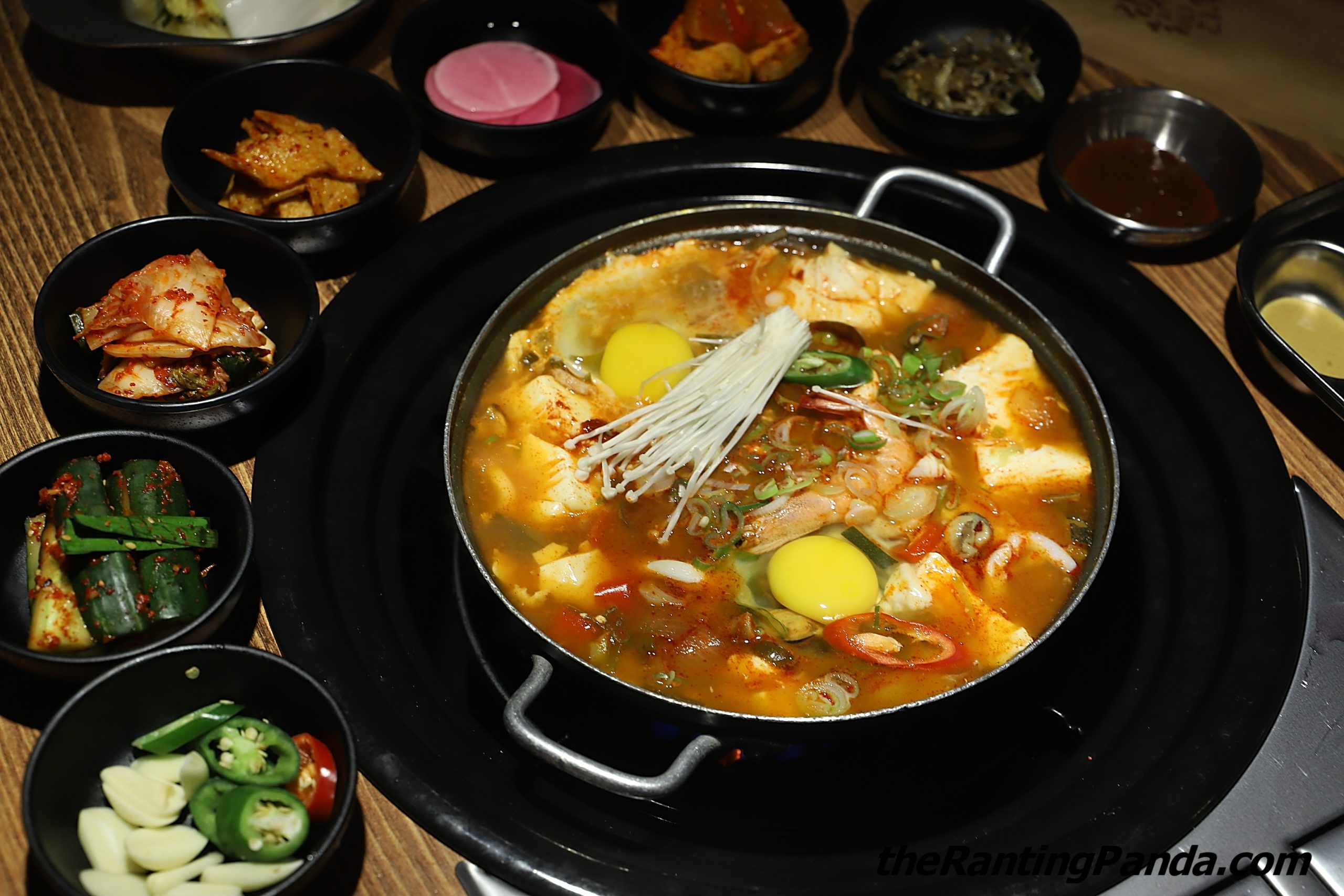South Korea is a sanctuary for food lovers and is known for its colorful culture, cutting-edge inventions, and long history. The robust flavors, varied ingredients, and communal dining customs of Korean cuisine have won the hearts and taste buds of people all over the world. Exploring the varied range of eateries in Korea is a culinary adventure unlike any other if you want to understand the true spirit of Korean cuisine.
The Heart of Korean Food
The focus on harmony and balance in tastes, textures, and colors is a hallmark of Korean cuisine. It’s a celebration of seasonal fruit, fresh ingredients, and careful preparation. Garlic, ginger, sesame oil, and gochugaru (red pepper flakes) each have distinct qualities that combine to produce a symphony of flavors that piques the senses.
Traditional Korean BBQ: A Senses-Pleasing Experience
Consuming traditional Korean barbecue, also known as “gogi-gui,” is one of South Korea’s most recognizable dining experiences. Guests prepare a variety of marinated meats and vegetables while seated around a grill built into the table. The lively atmosphere that is created by the meal’s interactive elements, delectable fragrances, and sizzling sounds is ideal for social events.
Bibimbap and Banchan should be enjoyed
A popular Korean dish called bibimbap, which means “mixed rice,” is a well-balanced combination of rice, vegetables, meat, and frequently a fried egg, all topped with sour gochujang sauce. In addition to bibimbap, the table is decked with a variety of banchan, or small side dishes, including pickled vegetables, kimchi, and fermented soybean paste.
a Crucial Ingredient in Korean Food
Without trying kimchi, a fiery fermented cabbage dish with significant cultural importance, no study of Korean food is complete. Kimchi represents the Korean way of life and the ideals of tradition, community, and preservation more than merely as food. In restaurants all around South Korea, different kinds of kimchi are available, each with a distinctive flavor character.
Delicious Noodles: Ramyun to Japchae
In Korean cooking, noodles play a vital role, providing a warm and varied selection of foods. Ramyun, or Korean instant noodles, are a popular late-night food among both residents and tourists. On the other hand, japchae, a dish consisting of stir-fried glass noodles combined with a variety of vegetables and meat, offers a pleasing combination of tastes and textures.
Royal Cuisine: Examining Joseon Dynasty Flavors
Gungjung cuisine, commonly referred to as royal cuisine, has roots in the Joseon Dynasty’s royal courts. The luxury and sophistication of the royal court are reflected in the dishes of this culinary tradition. Royal cuisine, which is frequently complicated and exquisitely presented, offers a glimpse into the historical grandeur of South Korea while titillating the palate with its artistic flavors.
Coastal Gastronomy: Seafood Sensations
The vast coastline of South Korea makes it possible to acquire an abundance of fresh fish, leading to a vibrant seafood culture. Seafood markets and eateries in coastal cities like Busan are well-known for serving a variety of dishes made with octopus, squid, crab, and different fish, all of which are prepared with painstaking attention to flavor and appearance.
Café Culture: More Than Just the Usual Food
While traditional Korean cuisine is the main attraction, South Korea’s café culture has recently become more well-known. The nation is home to a wide variety of hip cafés serving both traditional Korean snacks and cutting-edge fusion dishes. Café hopping in South Korea is an investigation of contemporary culinary trends and cultural expression, from themed cafes to dessert havens.
Street Food Adventures: Market Exploration
The vibrant street markets of South Korea are a veritable treasure trove of delicious street food, offering a wide variety of quick nibbles and savory snacks. These markets offer the chance to sample a variety of delicacies while absorbing the local culture, from hotteok (sweet pancakes) to odeng (fish cake skewers) and tteokbokki (spicy rice cakes).
New Techniques in Cooking
South Korea’s culinary sector is distinguished by inventive fusions and contemporary takes on traditional flavors in addition to its traditional cuisine. Korean chefs are pushing culinary limits in everything from upscale fusion restaurants to experimental diners, producing meals that honor tradition while embracing modern culinary trends.
A Korean Foodie Odyssey’s Conclusion
A journey through South Korea’s rich culinary legacy, where tradition and innovation coexist to produce a vibrant tapestry of flavors, can be had by dining at one of its many restaurants. Every meal reflects the history, culture, and undying love of cuisine of the country. Every dining experience is an opportunity to embrace the heart and spirit of Korean food, whether it is enjoying the sizzle of Korean BBQ or savoring the delicate subtleties of royal cuisine.
